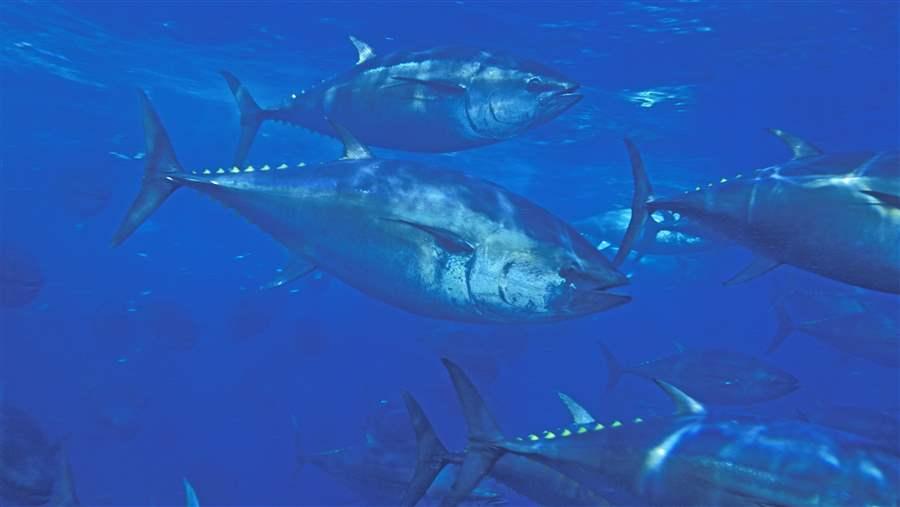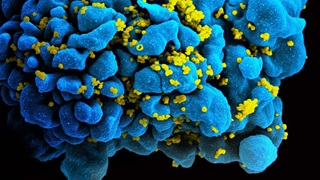U.S. Backtracks on Pacific Bluefin Tuna Recovery
Weak management proposal would boost likelihood population will remain severely depleted
Members of the Inter-American Tropical Tuna Commission (IATTC) meet again in La Jolla, California, this month after failing to reach agreement on management measures for Pacific bluefin tuna in July. As discussions resume, a proposal offered by the United States would do nothing to stem overfishing of this severely depleted species. In fact, it represents a weaker approach than the one the U.S. offered recently to the body that regulates fisheries in the western and central Pacific Ocean.
Pacific bluefin populations have dropped to just 2.6 percent of unfished levels. Meanwhile, commercial fishing on several age classes continues at rates nearly three times higher than what is considered sustainable. If the IATTC adopted the U.S. proposal, continued overfishing would likely ensure that the population remained seriously threatened for decades to come.
The IATTC and the Western and Central Pacific Fisheries Commission (WCPFC) are jointly responsible for international management of the commercial Pacific bluefin fishery. Although they have mandates to make science-based management decisions, members of both regional fisheries management organizations have failed to protect the species by reducing catches to sustainable levels.
Indeed, this session has been called because members of the IATTC could not agree on a recovery plan when they last met. Unfortunately, there are no signs yet that this meeting will produce the breakthrough urgently needed. Members are likely to agree to continue the status quo, which could jeopardize the survival of this species.
The U.S. proposal submitted to the IATTC does not include the management objectives and solid rebuilding targets that the nation had advocated a month earlier at a meeting of the WCPFC Northern Committee in Fukuoka, Japan. Instead, the text endorses the inadequate measures agreed to by the Northern Committee. Once again, the IATTC is set to be a follower rather than an equal partner with WCPFC in management of Pacific bluefin.
The IATTC meeting comes in the wake of the recent announcement that the U.S. National Oceanic and Atmospheric Administration Fisheries Service (NOAA Fisheries) has determined that Pacific bluefin may be eligible for listing under the Endangered Species Act. In response to a petition filed in July to list the species as endangered or threatened, NOAA Fisheries determined that there is “substantial scientific information indicating the petitioned action may be warranted.” Over the next year, the agency will evaluate and review the science, and make a final determination on the endangered status of the fish in late 2017.
With little action expected at this month’s meeting, Pew’s call for a two-year commercial fishing moratorium on Pacific bluefin takes on greater urgency. A temporary fishery closure would immediately end overfishing, give the fish a chance to reproduce, and allow time for managers to agree on a longer-term recovery plan that would return the population to healthy levels.
Fisheries managers must reach agreement on an effective, science-based rebuilding plan for Pacific bluefin without delay. Otherwise, a moratorium, along with a global trade ban, may be the only actions that can save the species.
Amanda Nickson directs The Pew Charitable Trusts’ global tuna conservation work.












